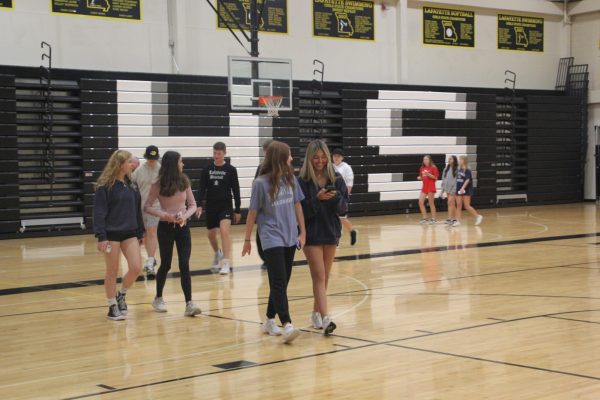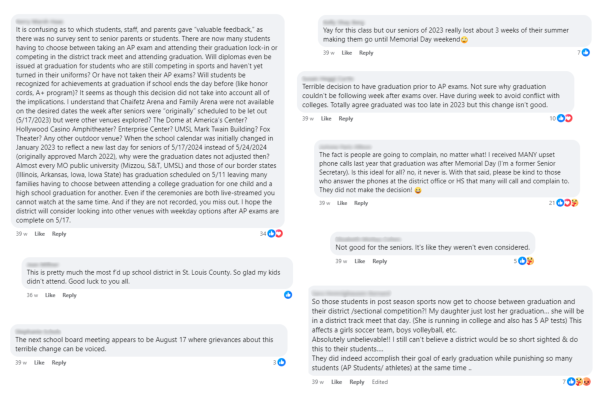October 25, 2018
The hallow-day through the ages
The origins of Halloween can be traced back roughly 2,000 years to the ancient Celtic celebration of Samhain. Celebrated on the night before the new year, Samhain represents the one time of the year when the veil between life and death is dropped, allowing spirits to cross freely between both worlds. The Celtic people would light huge bonfires throughout the night in celebration, and wear a variety of frightening costumes in hopes of keeping the less than friendly spirits at bay.
In the next thousand years or so, the celebration of Samhain is combined with a number of other similar holidays. The first fusion takes place in 43 A.D. when the Roman Empire has just finished conquering the majority of the Celtic peoples land.
During the empire’s rule, two Roman holidays end up being blended into Samhain. Feralia, which celebrates the passing of the dead, and Pomona, a day honoring the Roman Goddess of fruit and trees.
Fast forward to 1000 A.D. and the Christian church has spread throughout a majority of Celtic lands. The church decides to throw a third and fourth holiday into the mix, All Souls Day and All Saints Day.
According to The History Channel, “It’s widely believed today that the church was attempting to replace the Celtic festival of the dead with a related church-sanctioned holiday.”
All Saints Day was celebrated with a festival on November 1st, while All Souls Day was celebrated November 2nd, and in a very similar fashion to Samhain. All Souls Day mostly consisted of large bonfires and parades of people in unnerving costumes depicting angels and devils.
Citizens eventually took to calling the night before celebrations for All Saints Day started All-Hallows Eve. A night that in the future would come to be called Halloween.
Today’s haunting
Halloween hit a rocky start when it first debuted in the Americas due to the strict Protestant beliefs of the New England colonies. Although the holiday was somewhat known in the southern colonies, with festive neighborhood gatherings to celebrate the harvest, it didn’t gain much popularity until later in our history, when early Irish immigrants fleeing the Potato Famine helped to normalize the traditions.
Within the next hundred years or so, a new kind of Halloween began to emerge. By the 1800’s America is seen to be actively moving away from the old “Halloween” traditions of pagan witchcraft, ghosts, and trickery and into our modern community celebrations of parades, candy, and parties.
It’s not until the 1920’s that Halloween has almost fully moved away from its religious beginnings and into a community celebrated event, and not until the 1950’s that Halloween begins making an effort to move away from an all-ages celebration and focus more fully on younger generations.
The most haunted places in St. Louis
Lemp Mansion: St. Louis, Mo – A historical home and hotel where four members of the Lemp family committed suicide and two died under suspicious circumstances. The home is believed to be haunted.
The Exorcist House And Alexian Brothers Hospital: Bel-Aire, Mo & St. Louis, Mo – The three-month exorcism of 14-year-old Roland Doe that took place in these two locations during 1949 inspired the popular book and horror movie “The Exorcist.”
Zombie Road: Wildwood, Mo – A supposedly haunted trail with tales of phantom children, shadow people who watch you from the edge of the woods, and tortured spirits surrounding the trail with an air of chilling mystery.
Jefferson Barracks & Jefferson Barracks National Cemetery: St. Louis, Mo – Jefferson Barracks was an active military post for 120 years, so it’s no surprise that it has its fair share of ghost stories. Visitors have reported seeing a little girl wandering through the tombstones and soldiers who come out at sundown.

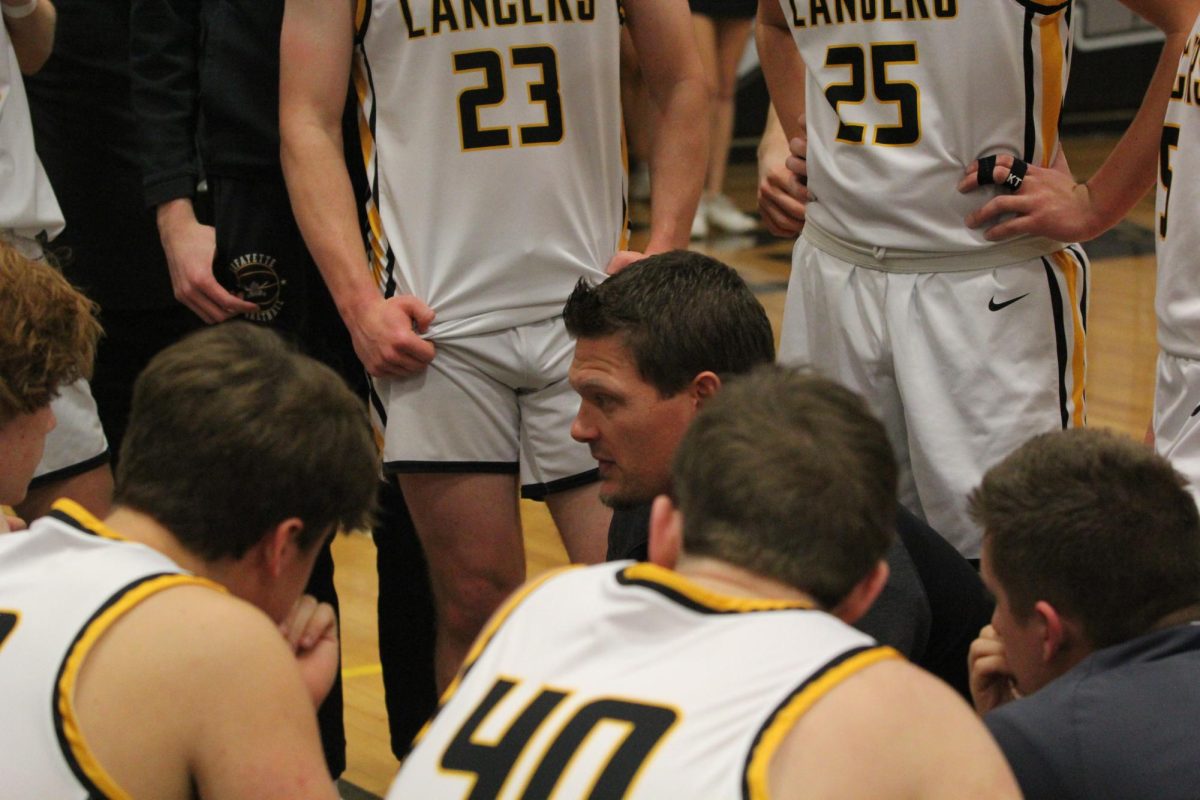
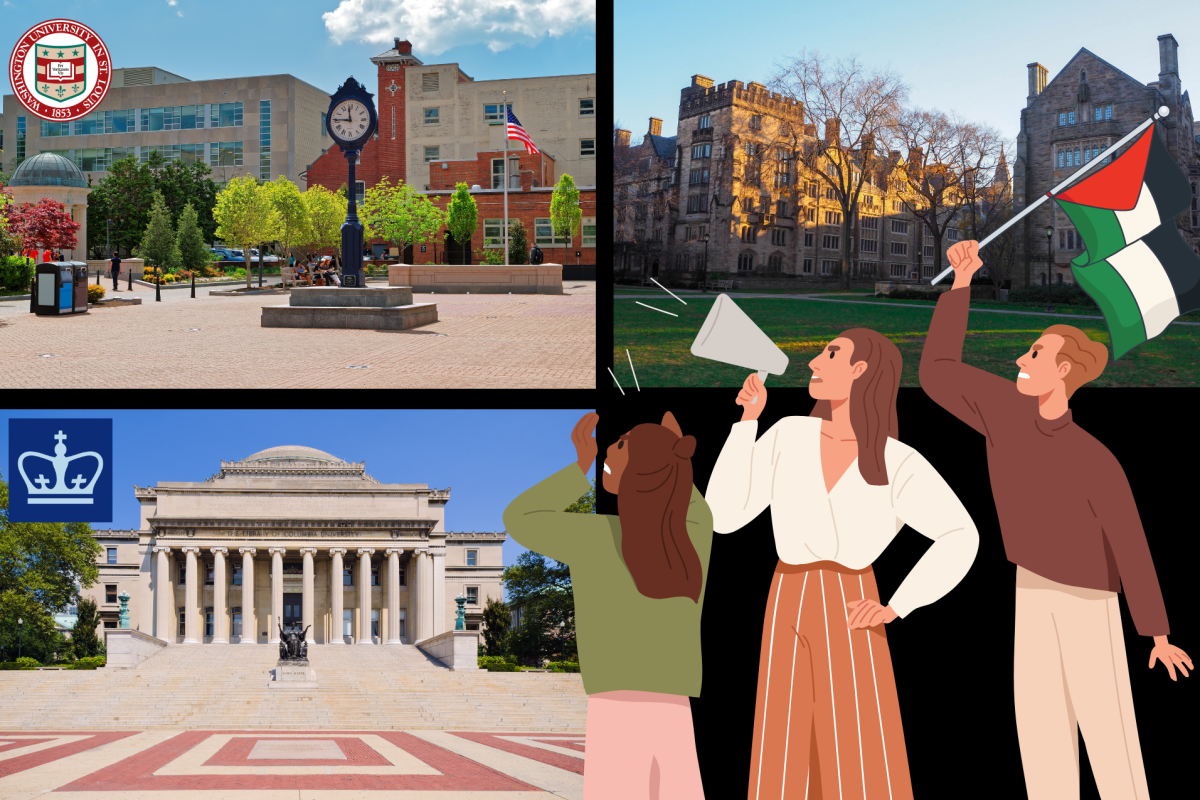
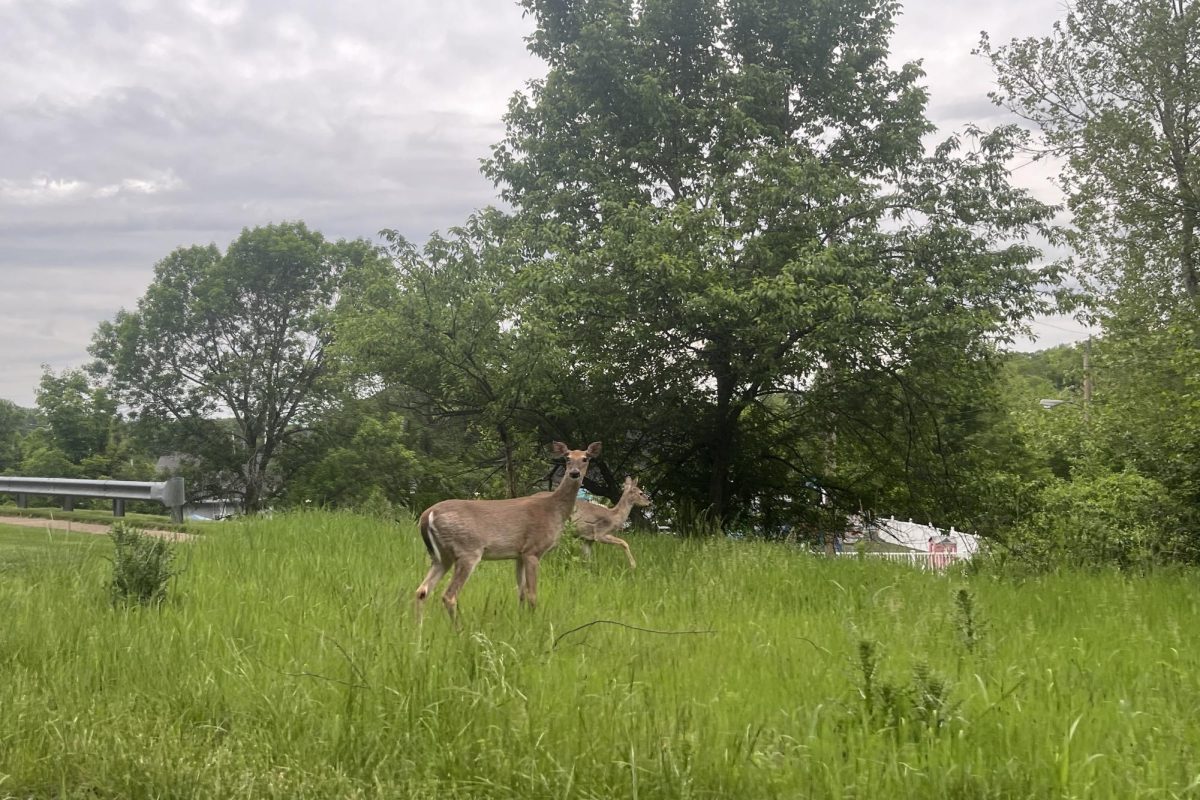
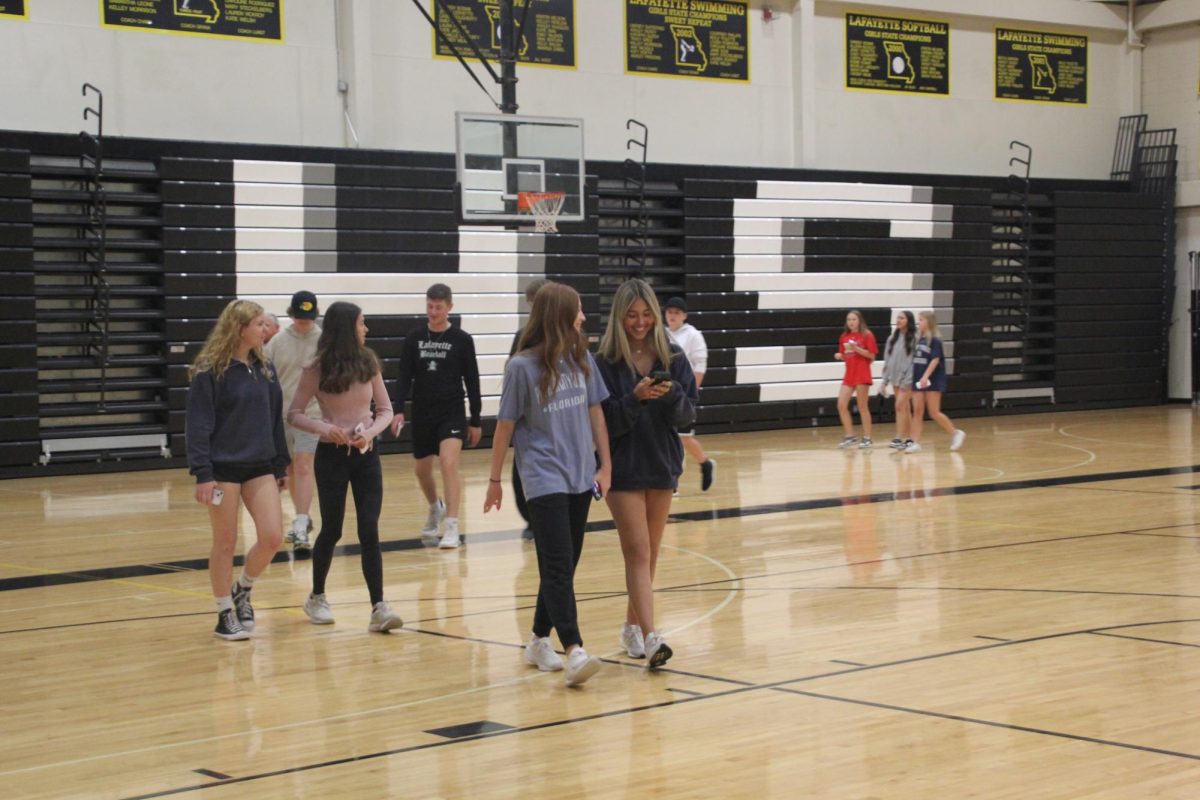
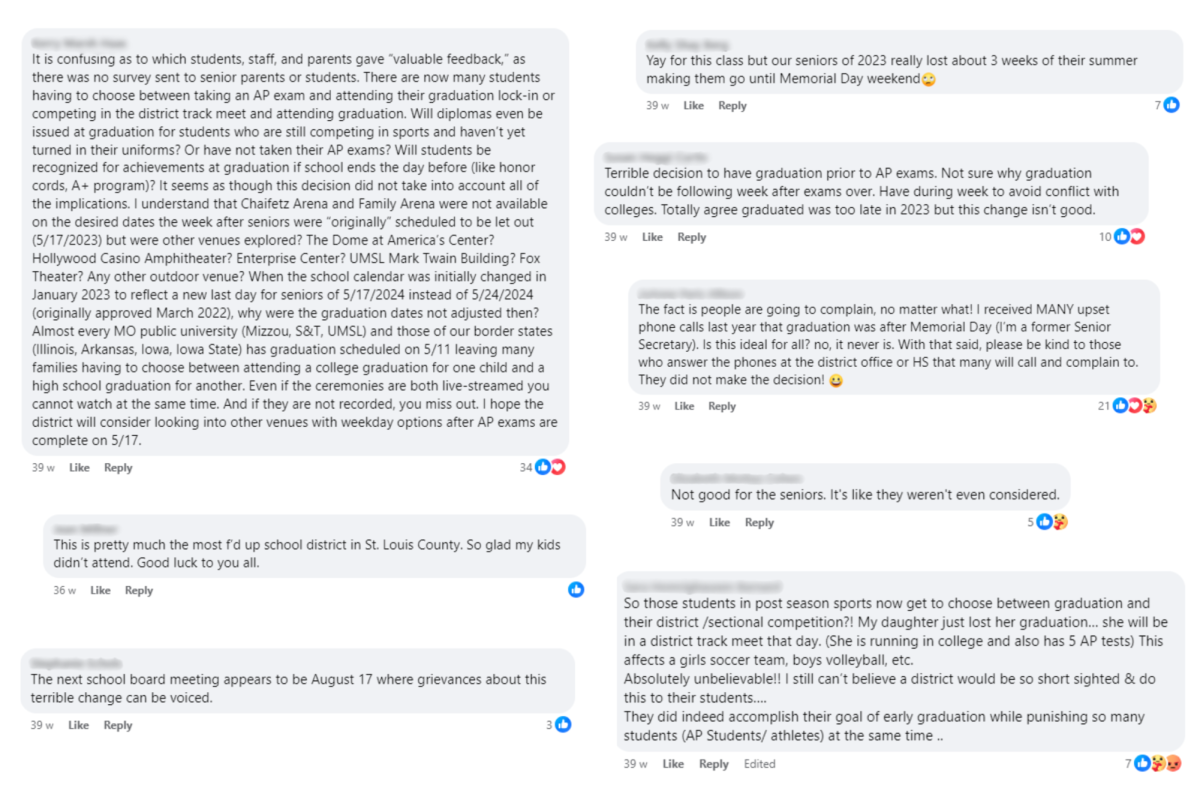
![As part of the Lafayette community, local youth soccer club Rockwood United SC took part in the annual Homecoming Parade. The club was created by former LHS soccer coaches, Saverio Traversa and Craig Wideman, to provide better quality soccer coaching. We want to make sure that [soccer] is taught right, because when learned correctly its the best sport in the world, Wideman said.](https://lancerfeed.press/wp-content/uploads/2024/04/IMG_4632-e1714576359118.jpg)
![Although being only one of the two oboe players in the school, freshman Elise Morton said she will continue playing the instrument throughout high school. “[Playing the oboe] makes me feel special because I know Im playing a rare instrument and I love having a challenge because there’s something to improve on and get even better,” Morton said.](https://lancerfeed.press/wp-content/uploads/2024/05/Elise-Morton-Featured-Photo.jpg)
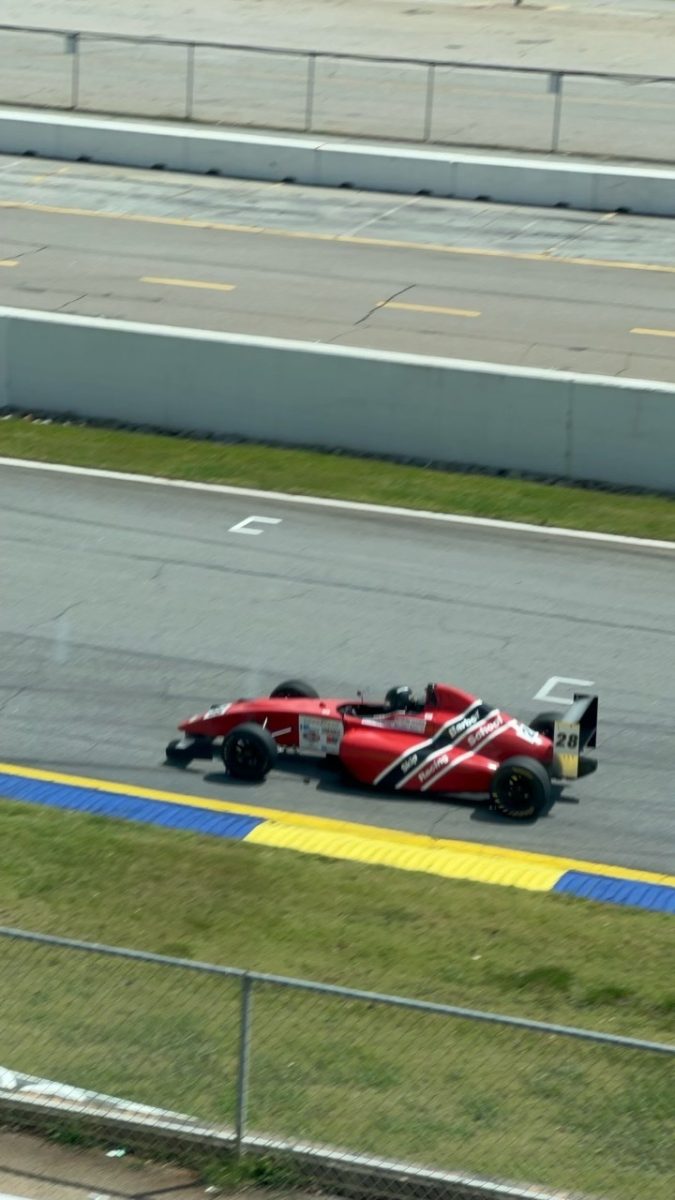
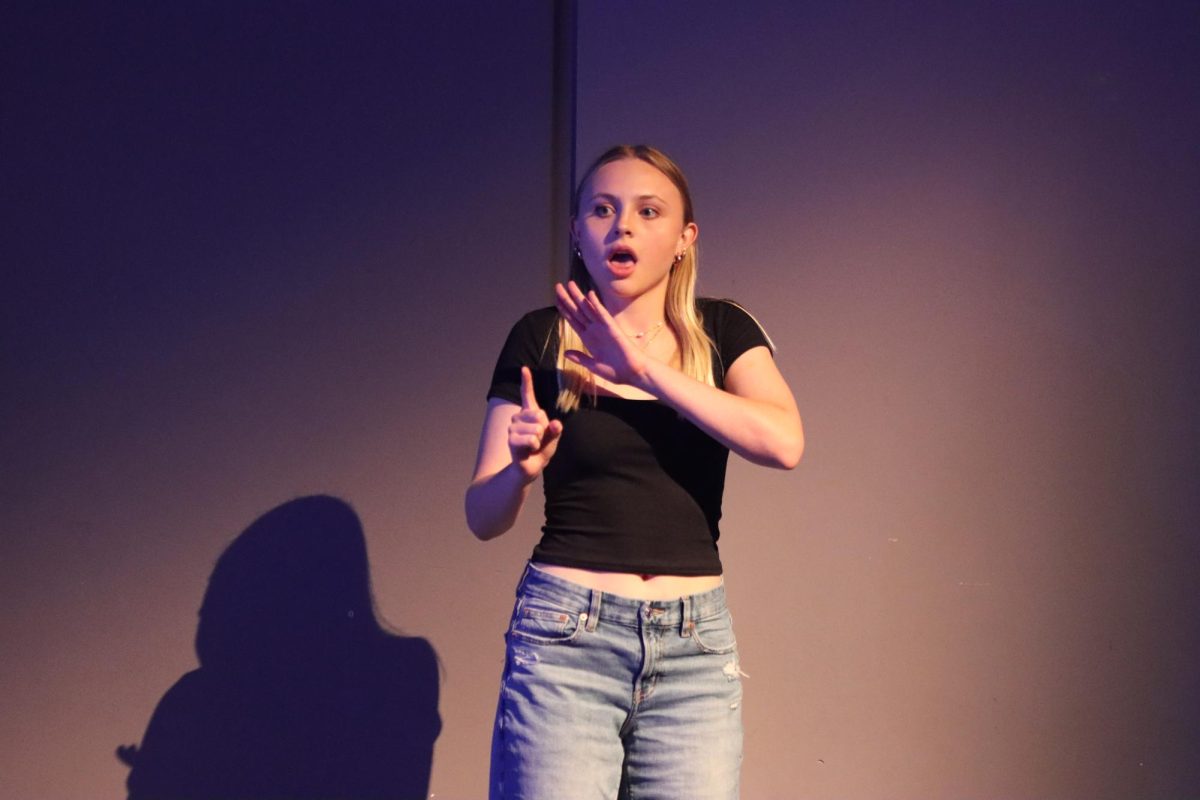


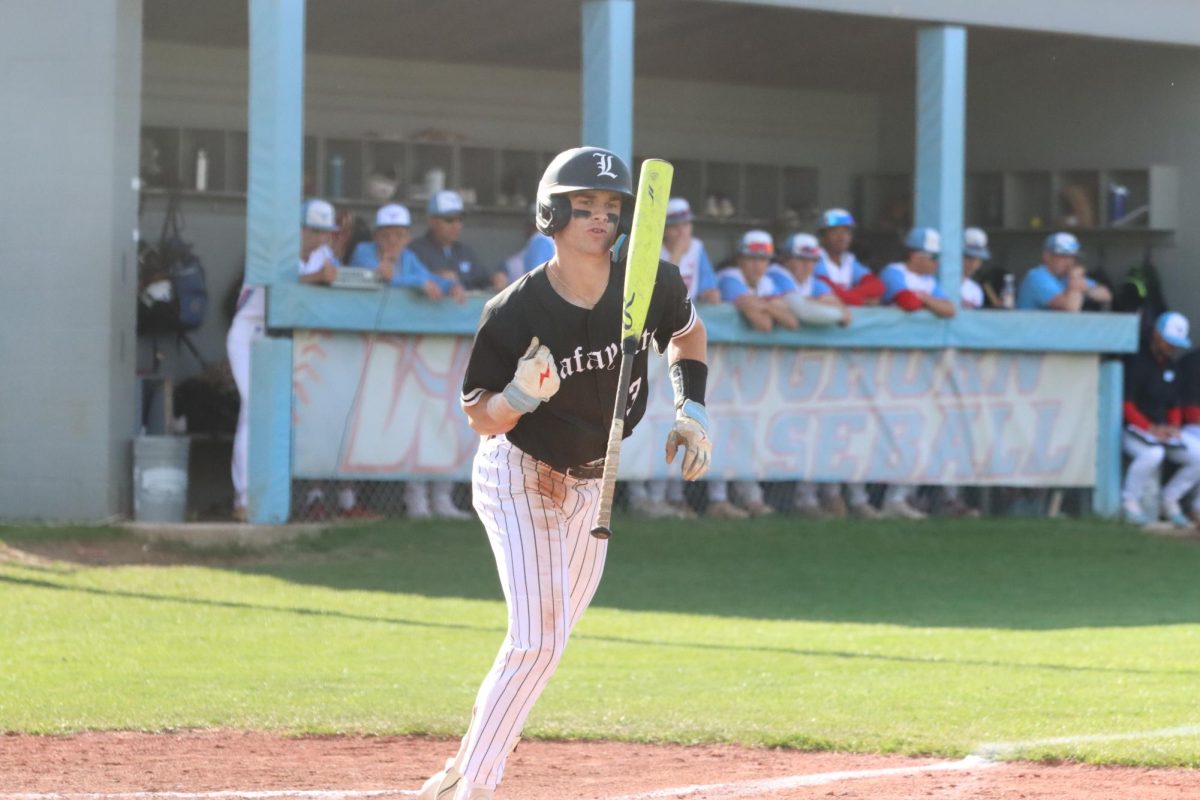
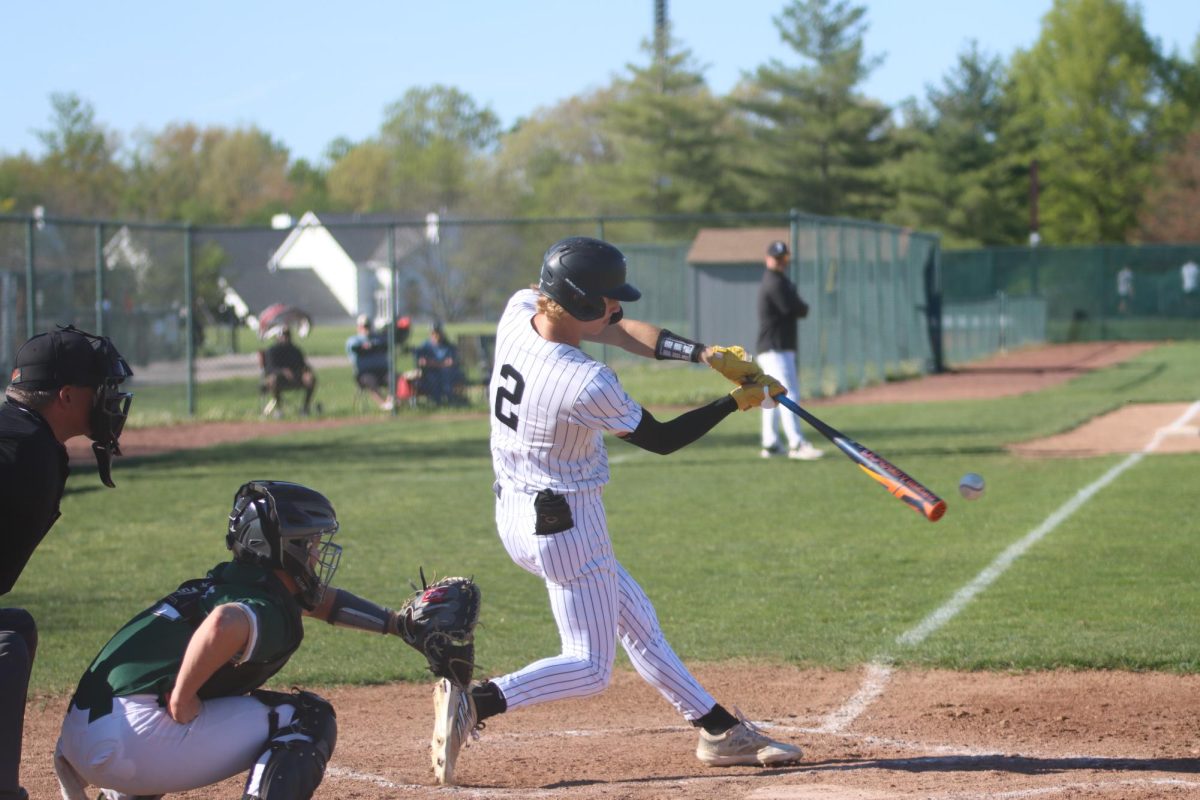

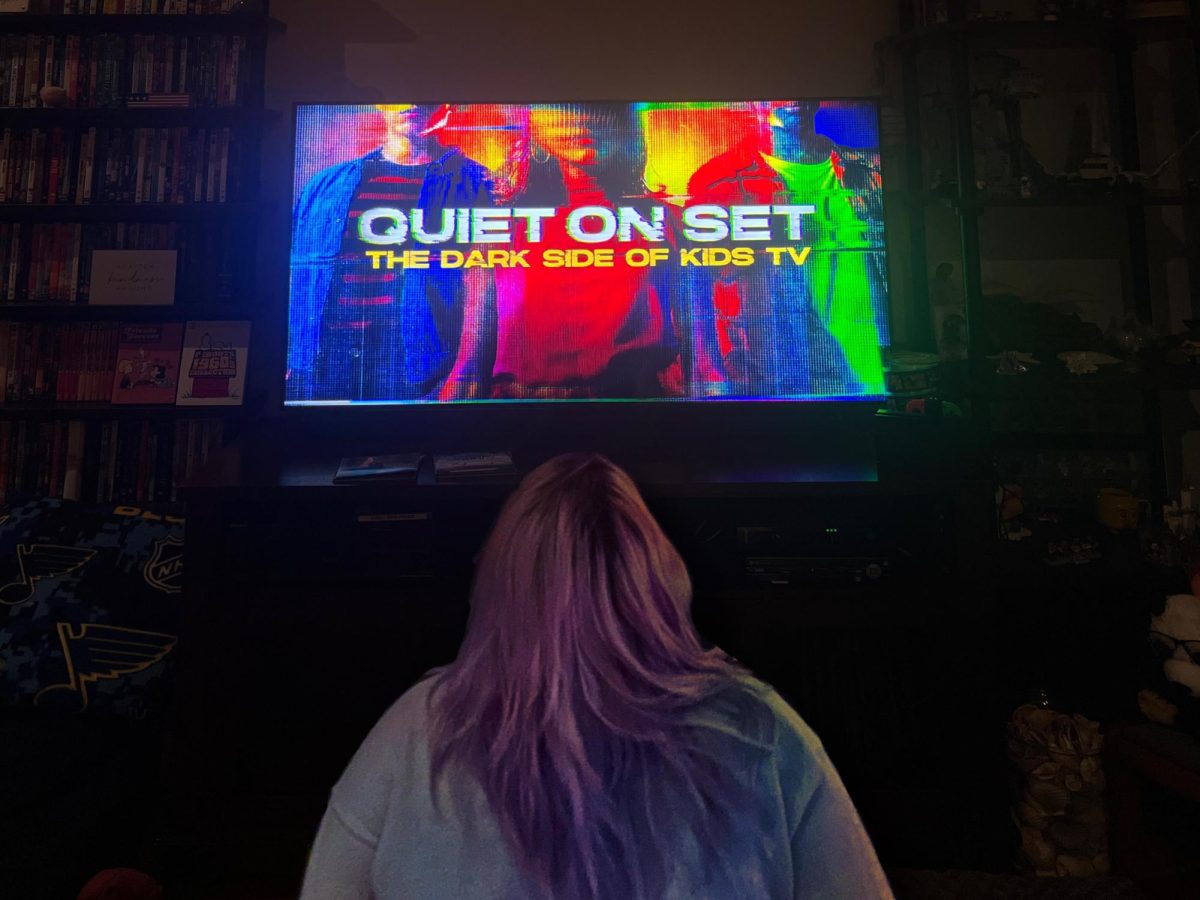




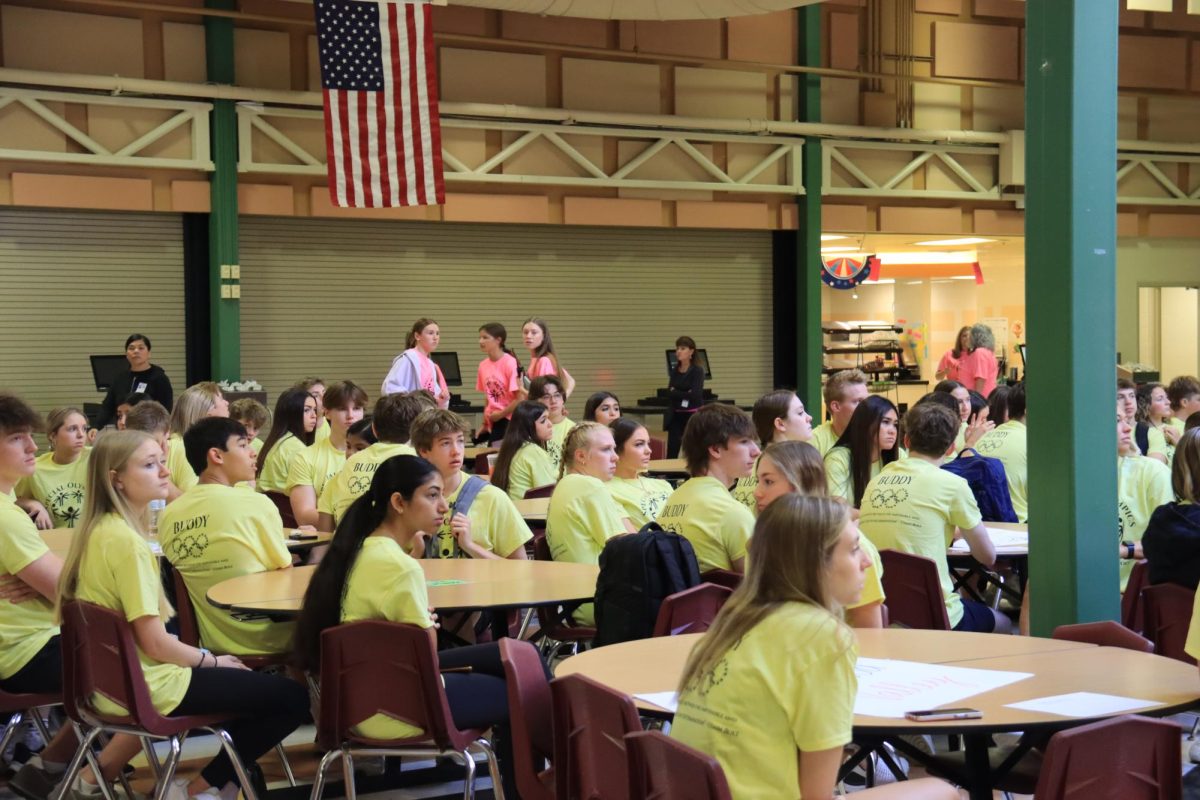
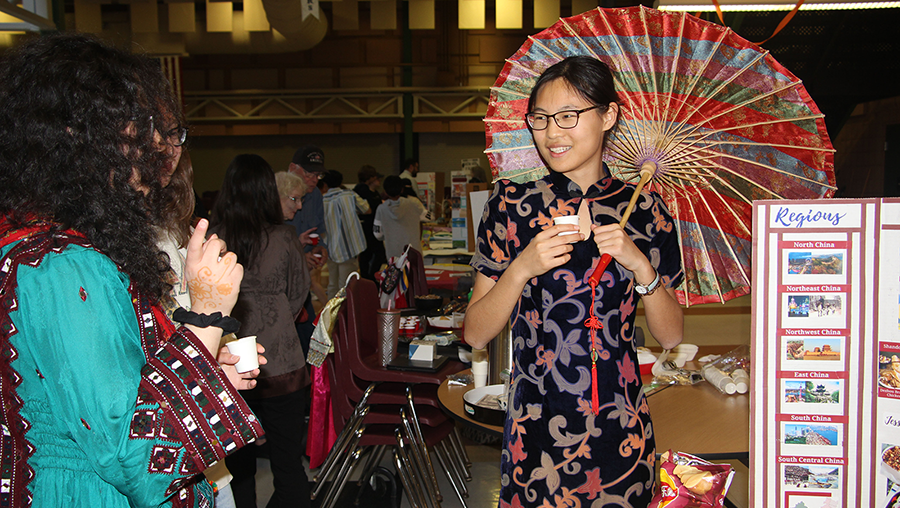
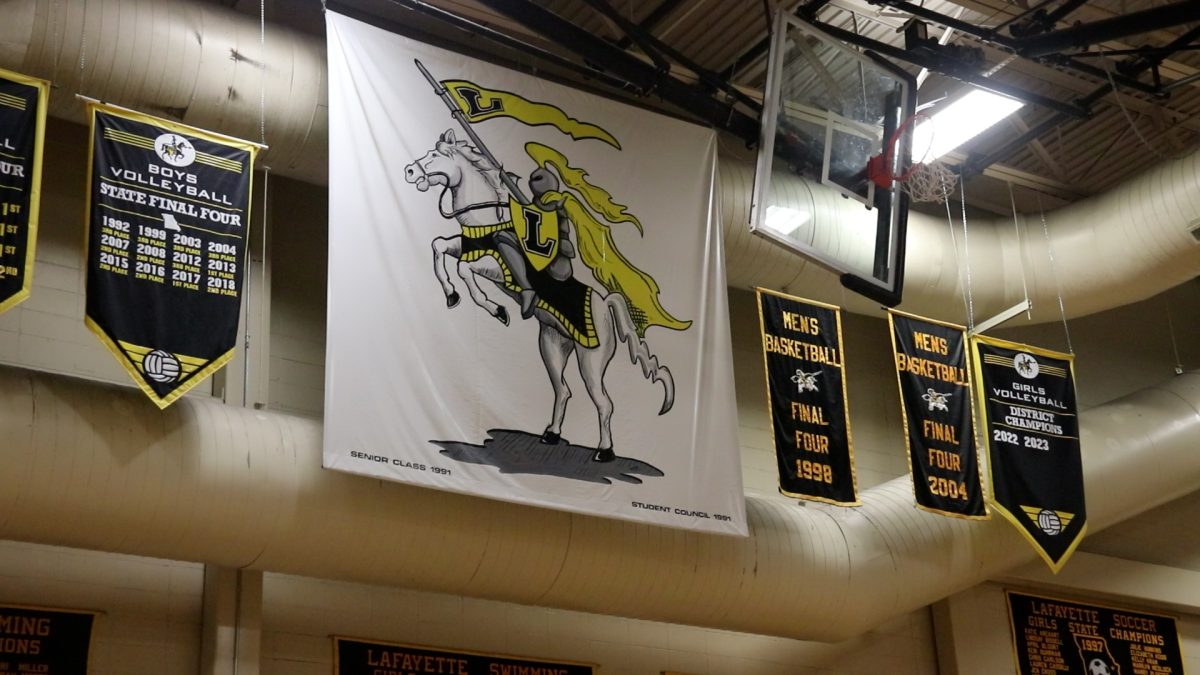
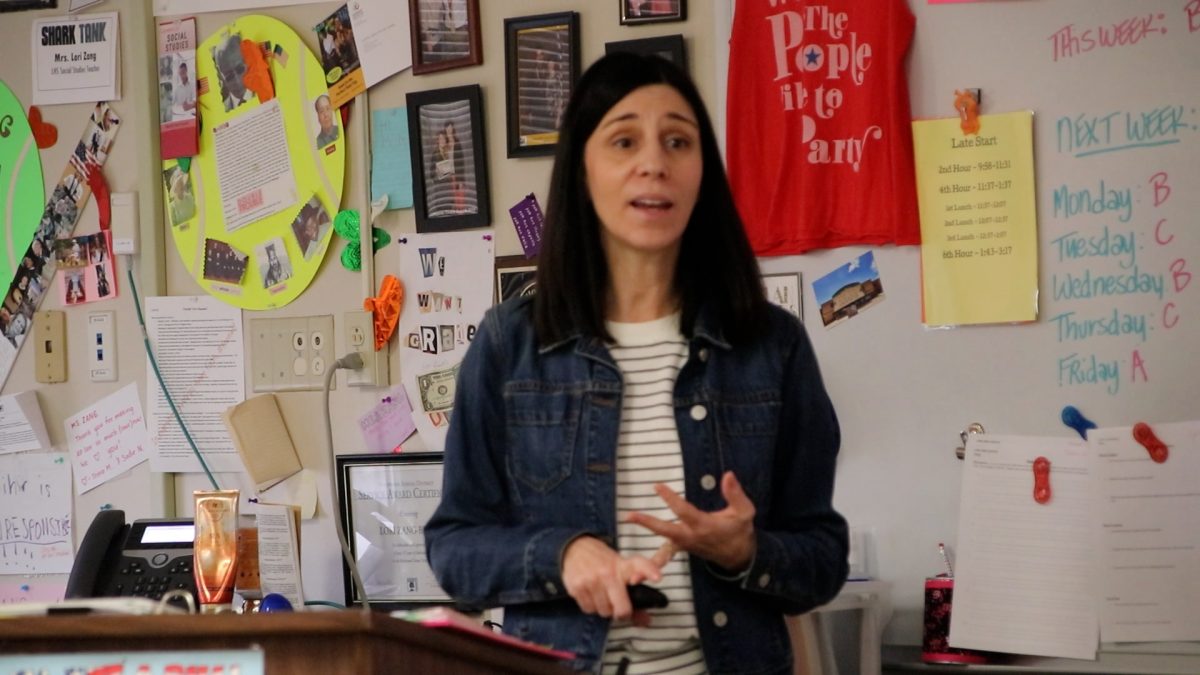
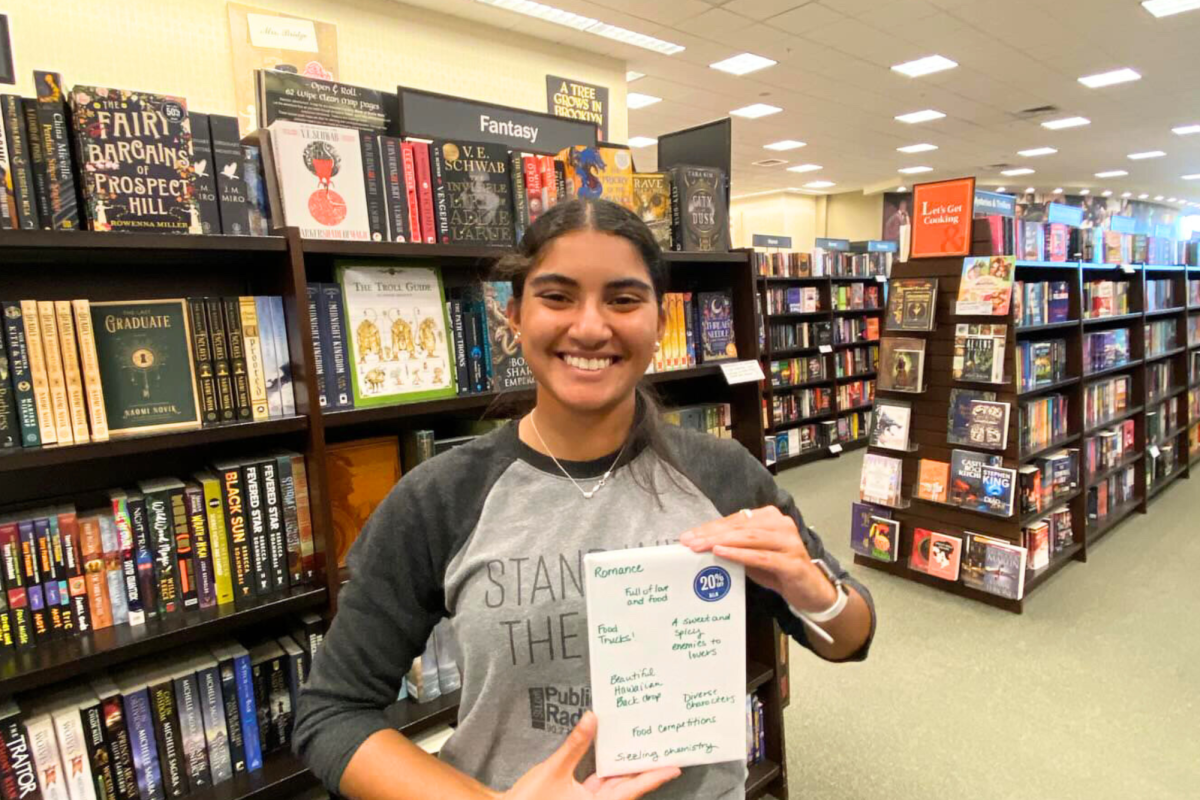
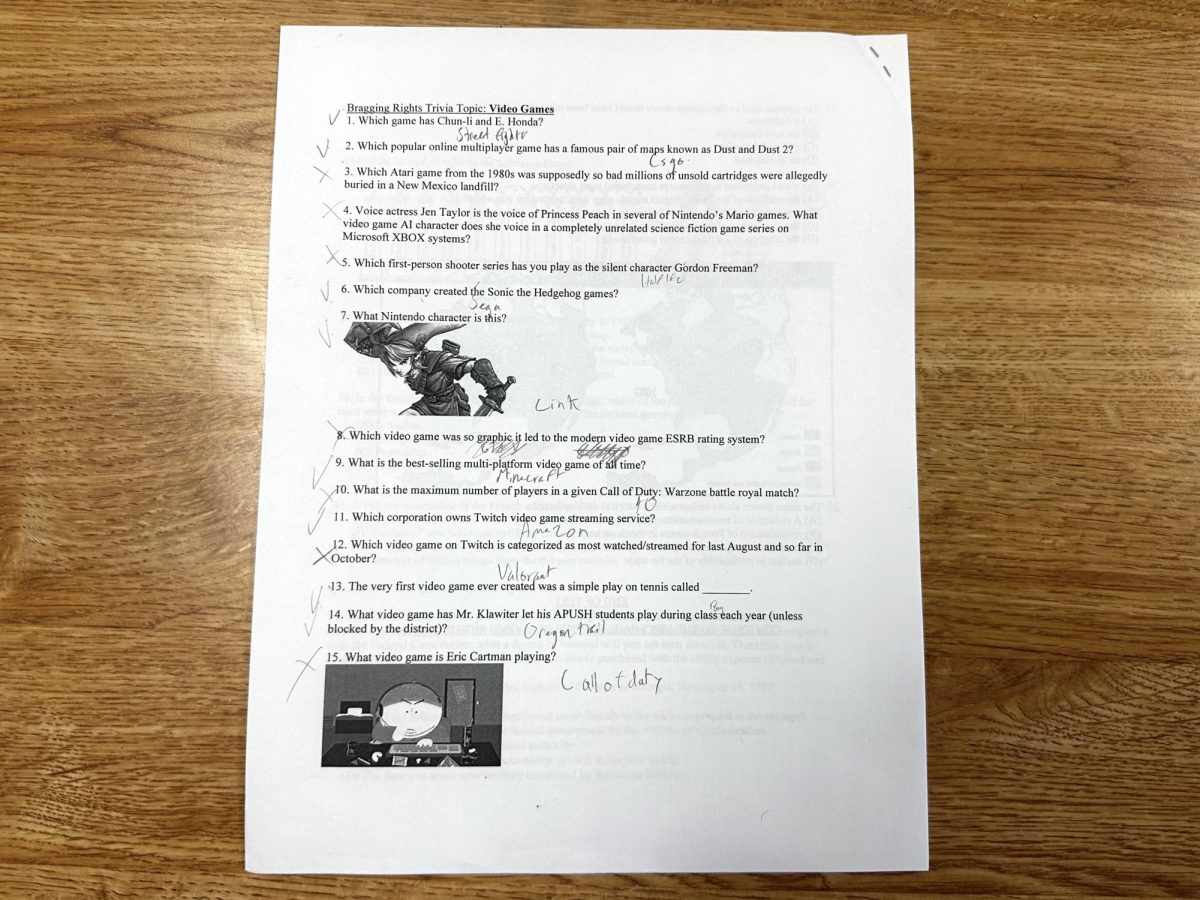

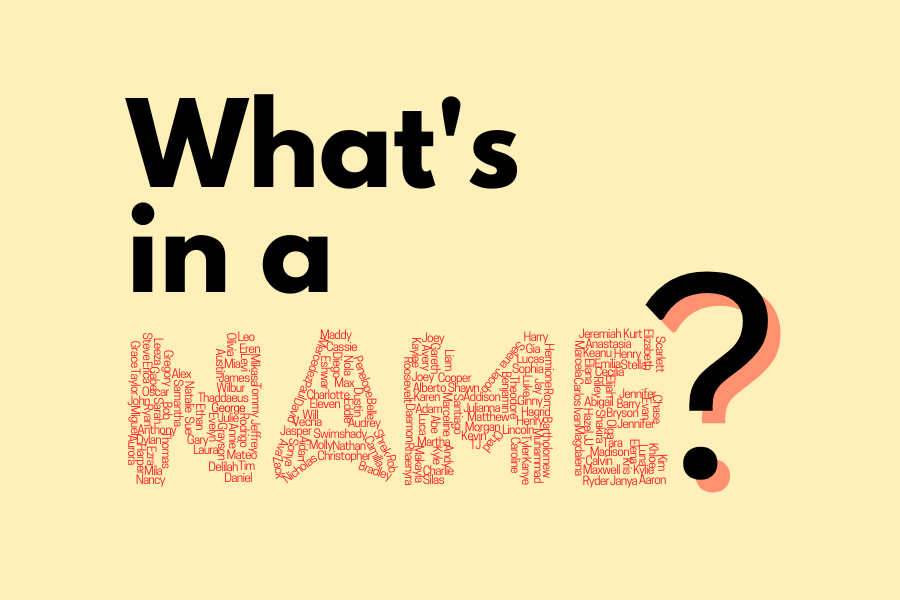


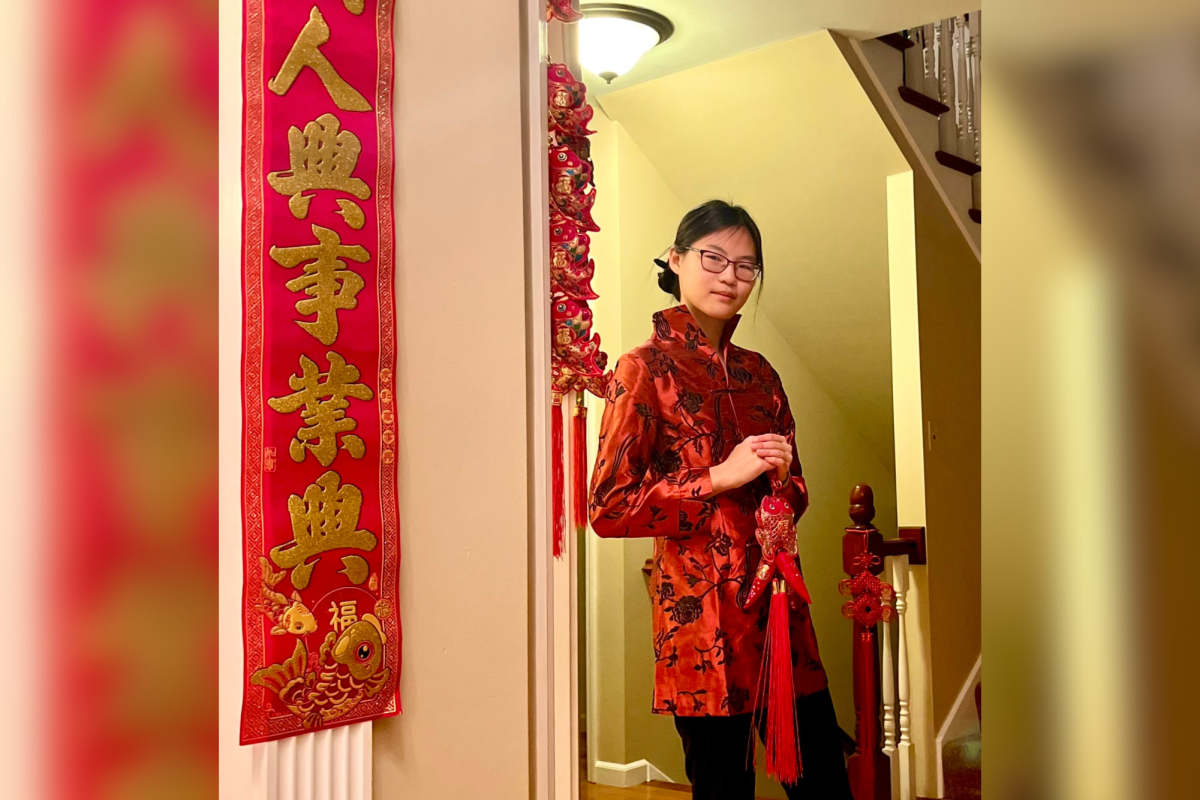

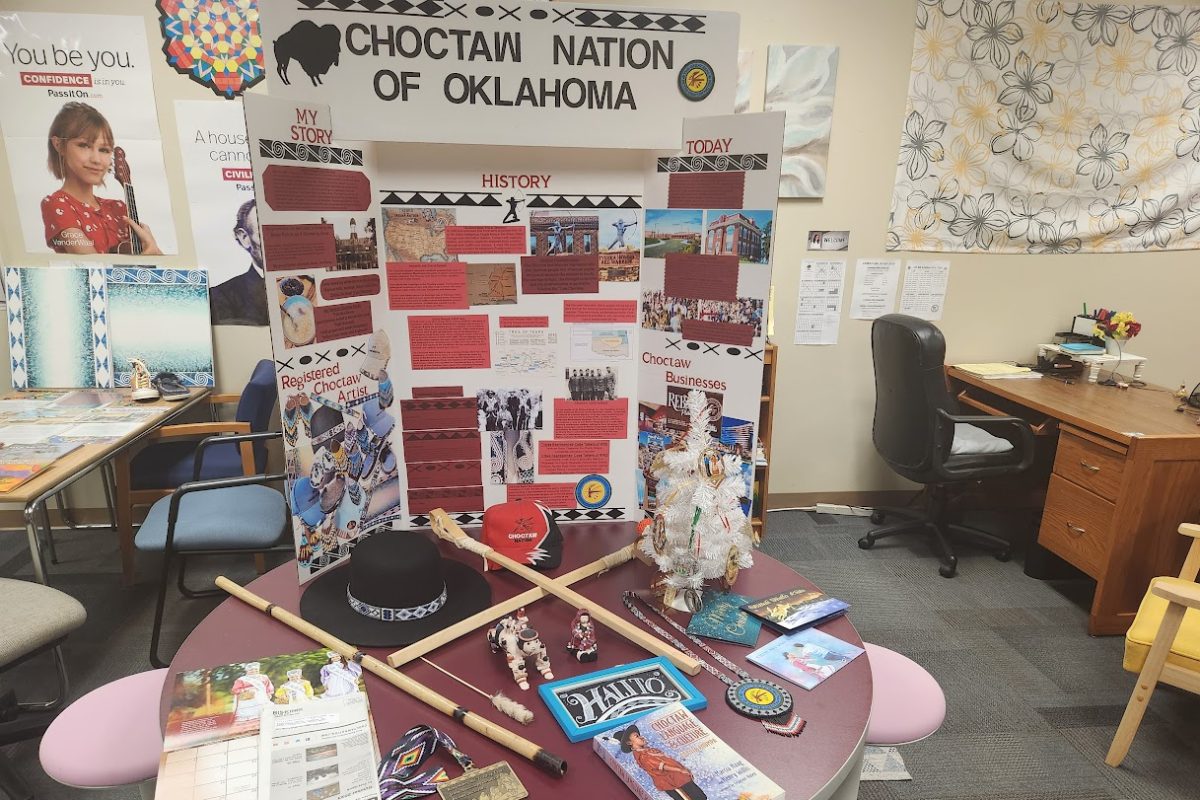


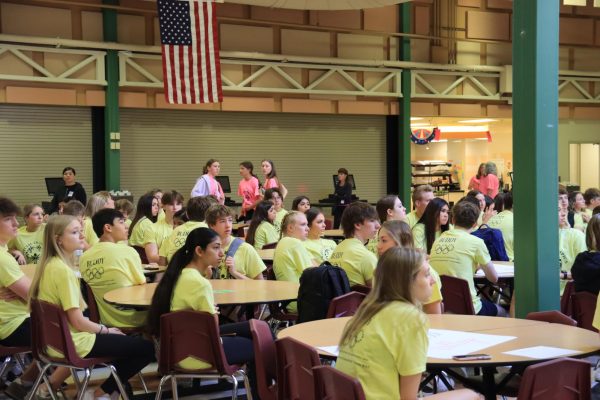
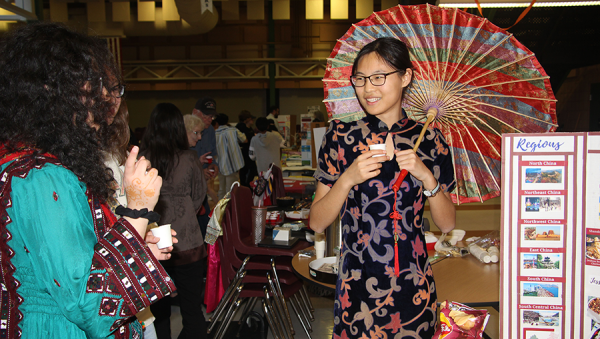
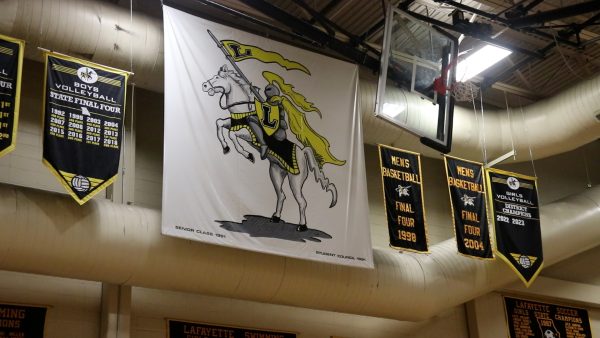

![To determine the Undefined team for next year, junior team captains Evan Sommer and Payton Skipton, along with drama teacher Michael Swindle, hold after school auditions.
“One of the biggest things we look at during auditions is how well they can work with each other,” Skipton said.
Undefined put up flyers with QR codes for interested students, as well as Lafayette’s show choir group, Mic Drop.
With a dance and vocal component for the audition, Mic Drop held mandatory dance clinics after school.
“The actual audition is just a submission,” music teacher Christy Shaffer said.
Mic Drop holds auditions and dance clinics for three consecutive days, according to Shaffer.
“[The dance clinics are held] so they could see it in-person and break down. Then they can take that home to practice and do their recordings.” Shaffer said.
#connectedlancer](https://lancerfeed.press/wp-content/plugins/instagram-feed/img/placeholder.png)
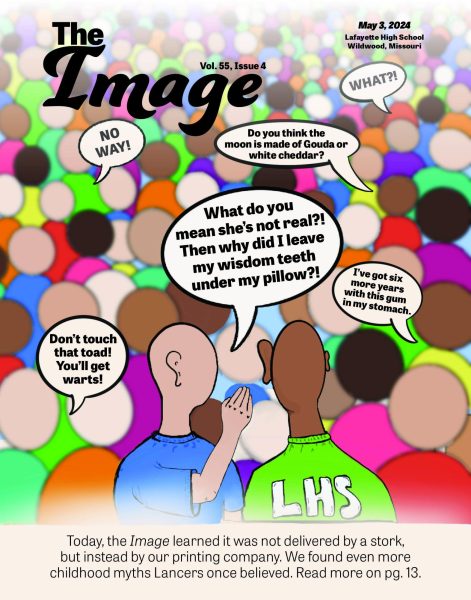
![As part of the Lafayette community, local youth soccer club Rockwood United SC took part in the annual Homecoming Parade. The club was created by former LHS soccer coaches, Saverio Traversa and Craig Wideman, to provide better quality soccer coaching. We want to make sure that [soccer] is taught right, because when learned correctly its the best sport in the world, Wideman said.](https://lancerfeed.press/wp-content/uploads/2024/04/IMG_4632-e1714576359118-600x400.jpg)
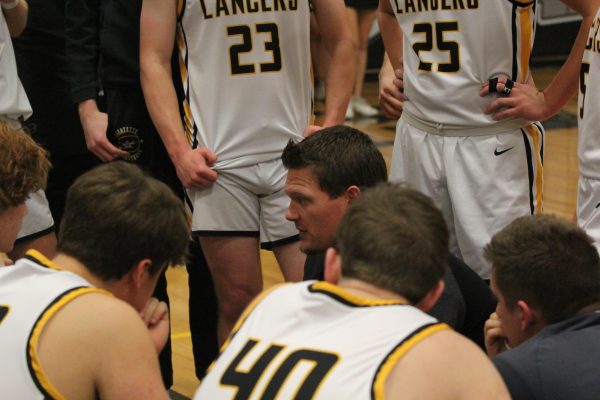
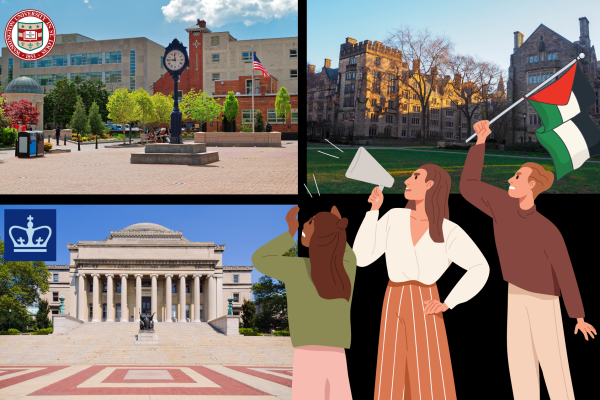
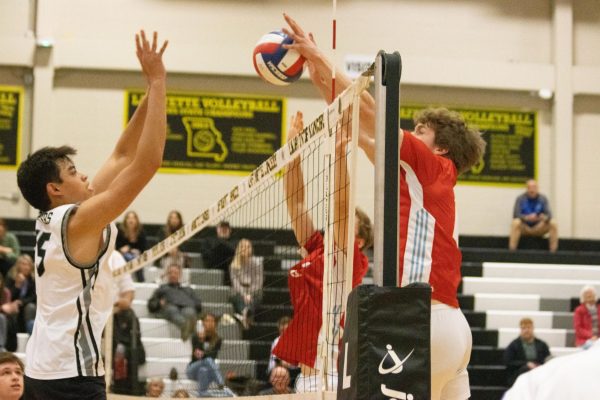
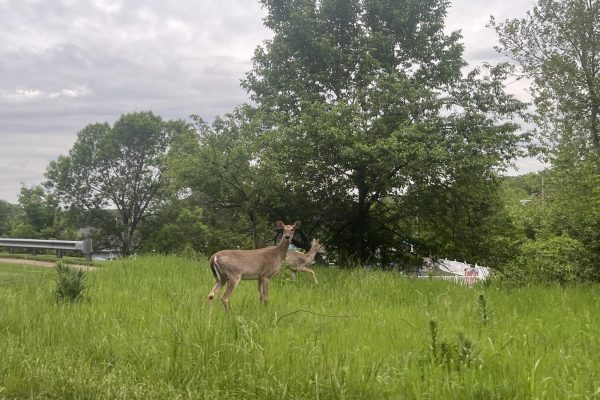
![Although being only one of the two oboe players in the school, freshman Elise Morton said she will continue playing the instrument throughout high school. “[Playing the oboe] makes me feel special because I know Im playing a rare instrument and I love having a challenge because there’s something to improve on and get even better,” Morton said.](https://lancerfeed.press/wp-content/uploads/2024/05/Elise-Morton-Featured-Photo-600x400.jpg)
